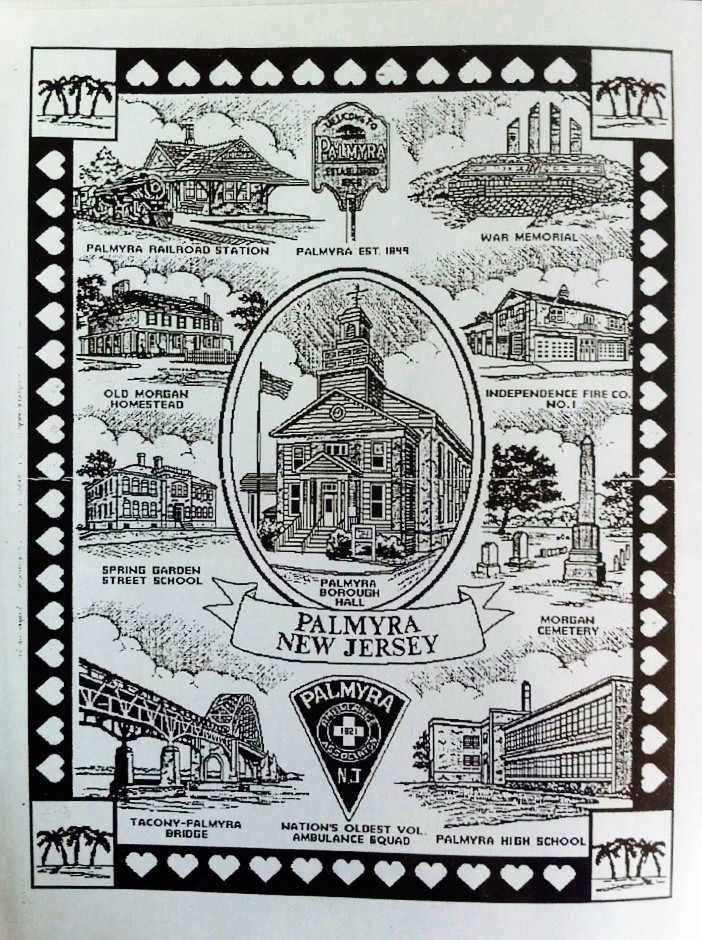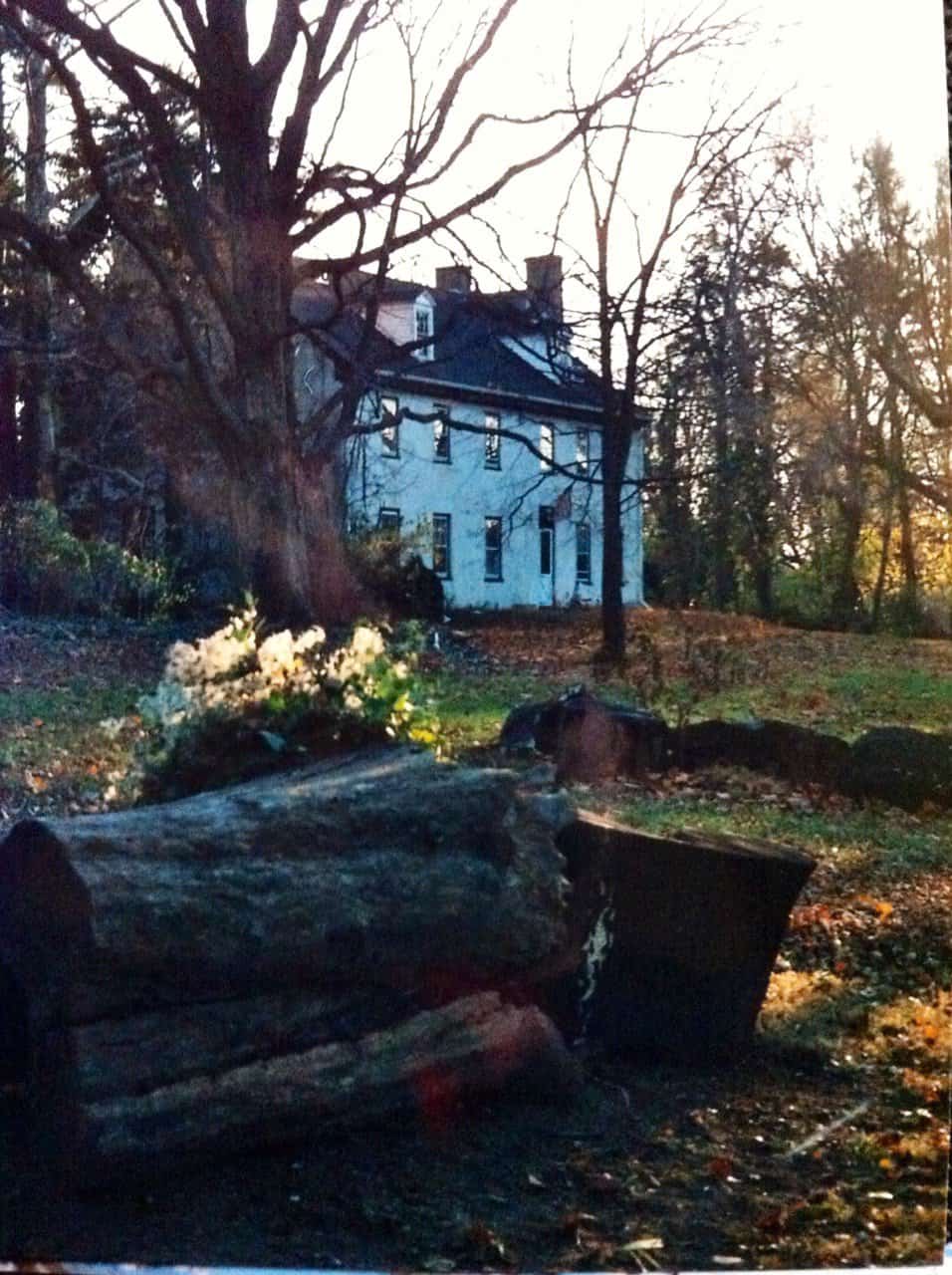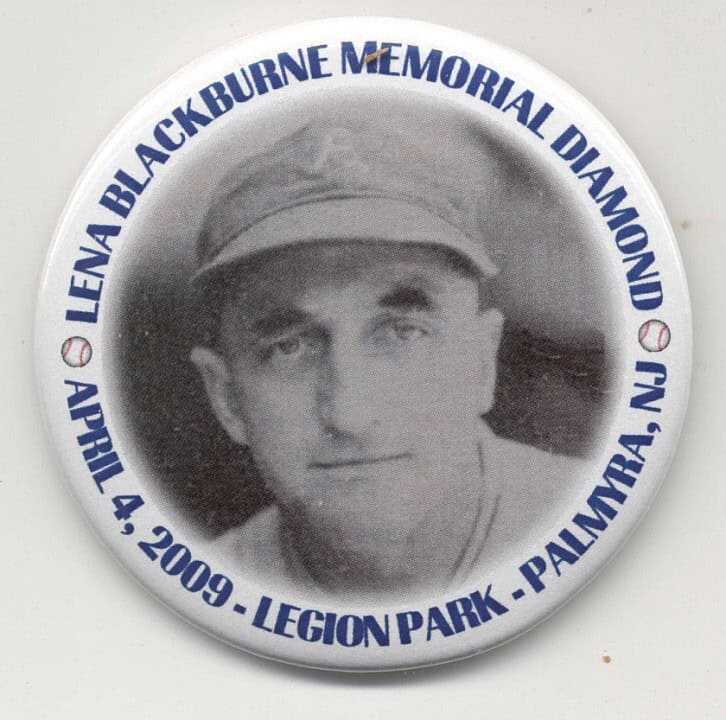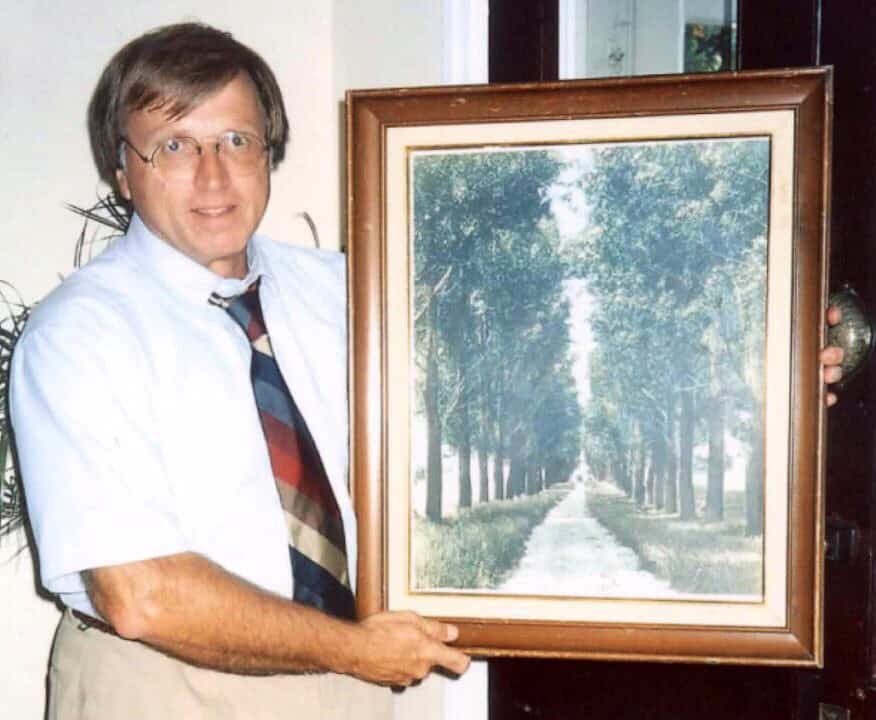
Check out what The Sun learned from the borough’s local historians

Passing through or strolling around Palmyra, it may not be entirely obvious the borough boasts more than a few historical claims to fame. But don’t let modern conveniences such as Wawa fool you — this quaint community is chock-full of fascinating relics older than the United States itself.
The Palmyra Historical and Cultural Society is the keeper of Palmyra’s past, from its original Victorian homes to some little-known facts that would surprise even longtime borough residents. Will Valentino, a member of PHCS and author of the column BACK IN TIME, and Palmyra Improvement Association founder John Casparro divulged their knowledge of the history many residents may not know they’re sitting on.
One of the oldest structures in Palmyra is still standing

The Swedes settled in present-day Palmyra in the late 17th century, and in 1761, descendant Elias Toy built a stone farmhouse. It’s the oldest remaining house in the borough, and generations after it was built, Isaiah Toy made Palmyra what it is today.
“It’s the original home of Palmyra, and Isaiah Toy could be called the father of modern-day Palmyra,” Casparro said.
Benjamin Franklin is rumored to have stayed with the Toy family while traveling through New Jersey, and in the mid-1800s, the house was purchased by another prominent family, the Morgans, who expanded the original structure into what it is today. Though its surroundings have changed over the years, the Toy-Morgan house remains unchanged.
Palmyra used to be Texas, New Jersey
One of the reasons Toy is considered the father of Palmyra, according to Casparro, is because he changed the borough’s name in 1849. Valentino writes in BACK IN TIME that while there are several theories behind why Toy chose the name “Palmyra,” it is likely due to the landowner’s affinity for ancient history.
“The historical ‘Palmyra’ was a powerful Syrian outpost of the Roman Empire that became known as the first Roman territory to convert to Christianity,” Valentino says. “I would like to think it was more likely for this reason Toy chose to honor the original Palmyra in his choice of names.”
Your house might be full of Victorian artifacts
Valentino became interested in the area’s history when he purchased one of Palmyra’s Victorian homes. To his delight, he discovered a host of items that belonged to the house’s original owner, a man who worked as a railroad clerk for the Pennsylvania railroad that once ran through the borough.
“My house is a simple Victorian house circa 1887 built by a simple man. The house was filled with artifacts from the era,” Valentino recalls about his exciting discovery. “What I didn’t dig up in the yard I found in the attic or barn — old shoes, gas sconces, hooks, a trouser press, pieces of original linoleum from the bathroom and a presentation stock certificate from the railroad. If a homeowner can respect the historical integrity of his house, it is definitely an asset to the community and its history.”
MLB game-changer Lena Blackburne lived in Palmyra

Though he may have been a lukewarm player himself, according to Valentino, a man by the name of Lena Blackburne made a discovery that, in additional to his work in the community, earned him his own baseball field in Palmyra.
An infielder for the Palmyra Field Club and eventual MLB scout, Blackburne is best known for discovering a “rubbing mud” that is still used by the major and minor leagues today.
“His discovery of the mud that made him famous was first discovered in his youth, and when he brought it to Connie Mac Stadium to test it on the baseballs there, it changed the game,” Valentino said. “He once said his ancestors were ‘noblemen of the highest order,’ but he was just a .220 hitter. and he was a hopelessly mediocre player whose passion for the game rose above everything he did.”
Palmyra has Lenni-Lenape origins

Before the early Swedish settlers, Palmyra and the area around it was inhabited by Lenni-Lenape Native Americans. Valentino said they called the area “Sennemensing,” which was later anglicized to Cinnaminson. Cinnaminson Avenue grew out of an Indian footpath that began at the river and ended at the sea.
“It is probably the most historic street in Palmyra and possibly, dare I say, in South Jersey. Years back, [PCHS held] an event with a family descended from the Naticoke Lenape, and I will tell you, crossing Cinnaminson Avenue with them sent chills up my spine!” Valentino said.
For more glimpses into Palmyra’s past, or to donate items to the archives, follow PHCS at www.facebook.com/Palmyrahistorical/.









